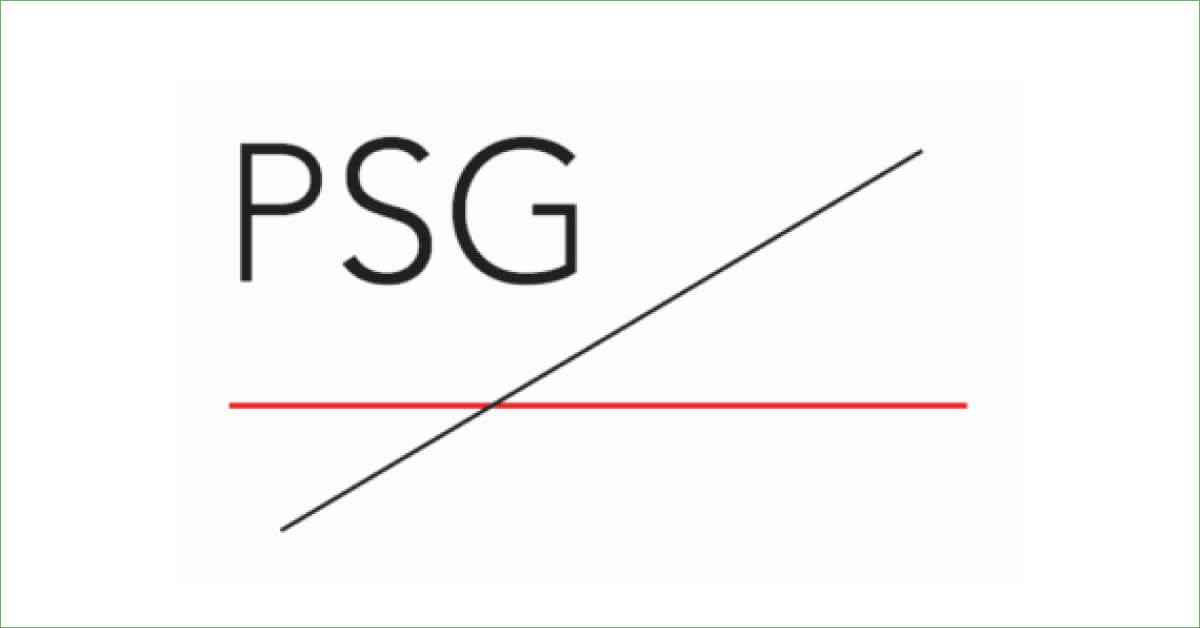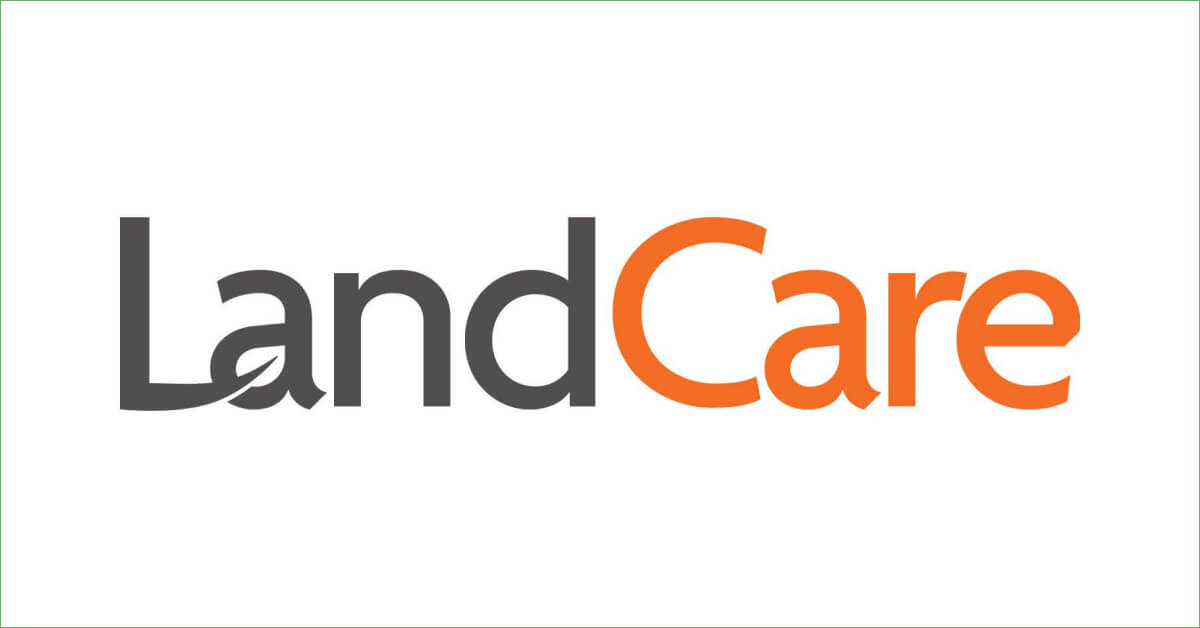A business is only as good as its cash flow.
Generating income is part of the equation, but it’s also important to restrict expenses and track everything. For decades, organizations have trekked along, following the same procedures they’ve used all along. Unfortunately, without occasionally reviewing the performance of your AP functions, you may be missing a great opportunity to grow.
If you’ve never reviewed your AP processes before, you may not know where to start.
Here are a few tips to help you as you go work to streamline your AP operations to be more efficient.
Note the Experts
Many successful businesses have found that benchmarking their own procedures against industry standards is one of the best ways to determine areas of their own operations that can be improved.
More than 30 percent of all U.S.-based companies have taken steps to benchmark their AP department’s performance. Among companies with 5,000 or more employees, that rate increases substantially, with 75 percent of large corporations participating in AP benchmarking.
Evaluate Essential Areas
The first step in benchmarking your own processes is to know which areas to evaluate. You should focus on the most important features, both to your organization and others in your industry.
Some areas corporations concentrate on when conducting benchmarking include:
- Costs—It’s important for businesses to identify the cost associated with processing each invoice as it stands currently. This includes not only the tools you use, but also the hourly cost of any laborers.
- Software automation—It’s important to compare the automation your business uses to industry standards. This makes it easier to identify whether you’ve chosen the right tool to handle your unique environment. Statistically, automation has made a big difference, with more than 40 percent of respondents in one benchmarking study saying that workflow tools and imaging are crucial to their operations. More than 25 percent of all firms surveyed use electronic invoicing.
- Rate of error—On average, 3.6 percent of all errors contain errors. This statistic highlights the importance of ensuring your own error rates are within industry standards. While you’ll never be able to completely eradicate all mistakes, making strides to reduce error rates can make a big difference.
- Risk of fraud and duplicate payments—Businesses face an increased risk of fraud, with one study revealing that almost 36 percent of companies suffer check fraud. Through benchmarking, businesses can learn what controls they need to put in place to reduce their risks.
- Risk of duplicate payments—Duplicate payments can be as costly a problem as fraud. For those who see duplicate payments on more than .5 percent of all invoices, it may be a sign that more rigorous controls need to be put in place.
- Satisfaction of trading partners—Ultimately, the biggest measure of an AP department’s success relates to its vendor satisfaction levels. Many businesses benchmark this area through the use of satisfaction surveys that regularly provide the feedback they need.
Once you’ve outlined these areas, you can put benchmarking processes in place that help you improve your own operations. This will improve your own productivity and help you maintain a strong cash flow using minimal resources.



















One Response
Great post thanks for sharing!